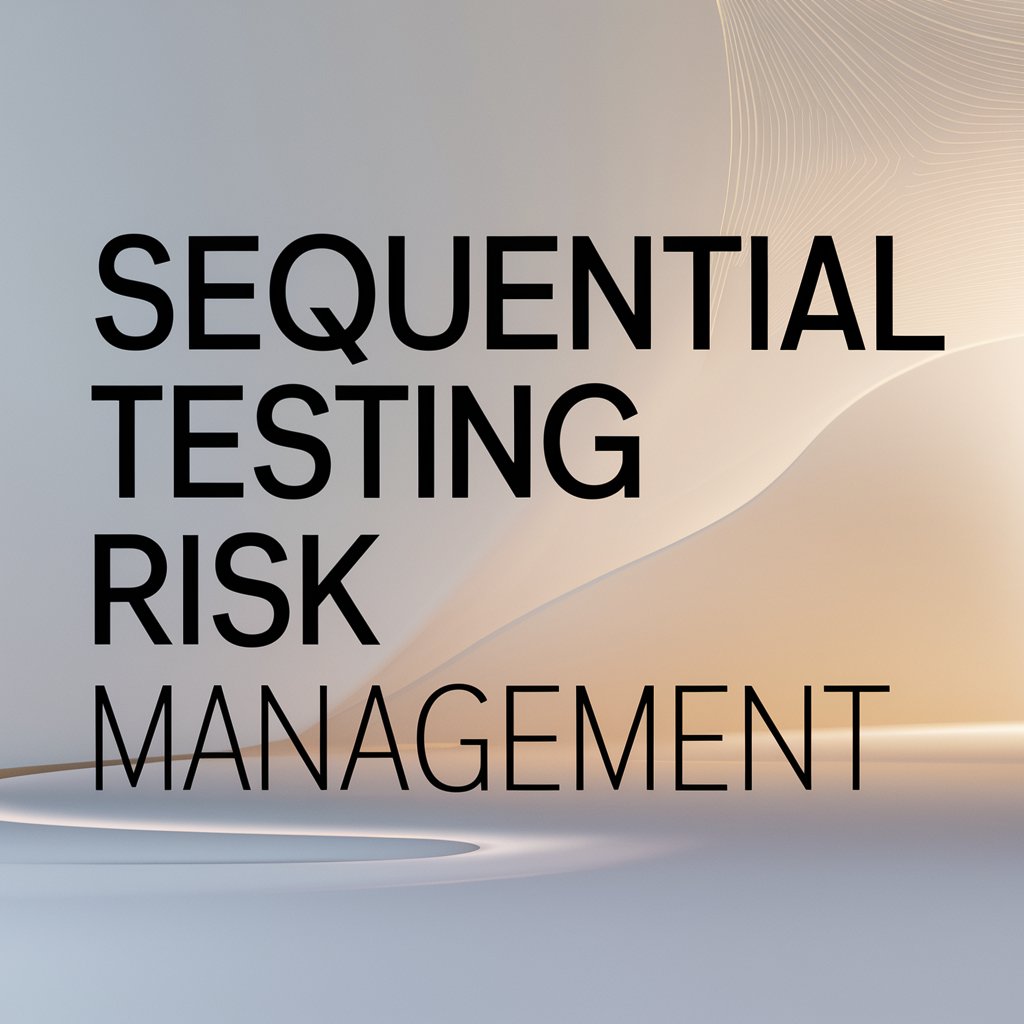Sequential testing is a critical method in risk management, particularly useful in fields like finance, healthcare, manufacturing, and software development. It is a statistical method used to evaluate data as it is collected rather than after a pre-specified number of observations. Before considering these testing tools, you should understand what they are and how they can help you in risk management services. Here is the information you should keep in mind about Sequential Testing Framework.
Understanding Risk Management
Risk measurement involves quantifying susceptibility to damage, i.e., loss. It is the foundation upon which a system of control is built. The principle of risk management that underlies all control systems is testing procedures that determine whether assumptions or assertions about riskiness hold out of the sample. Therefore, a sequential testing methodology is essential for effective risk management.
Applications of Sequential Testing in Risk Management
Frequently, problems are so complex that they are impracticable to solve directly. Testing procedures are used for those problems that cannot be solved directly. Sequential testing becomes very useful if the first or a priori estimated sample size is very large and if in addition, large samples are expensive. Sequential testing requires more bookkeeping because the test is attempted repeatedly, and frequently a decision is made at an even stage. Evaluating risks and choosing risk management strategies depend on understanding the uncertainty surrounding the identified risks.
Characteristics Risk Management Framework
Risk evaluation marks a substantial difference between risk management and insurance industry perspectives on risk, with the former focusing on individual risks and the default focusing on systemic risk. In the risk management framework, risks are analyzed in the light of several characteristics such as the maximum loss severity, the extreme nature of the loss occurrences, the correlation between loss events, the linkage between firm and economic variables that aggregate loss probability, and the extent to which risks can be mitigated.
Benefits of Sequential Testing in Risk Management
Sequential testing, often used in risk management, offers several advantages over traditional testing approaches. Sequential testing allows for continuous monitoring and testing, enabling early identification of risks or issues. This early detection can help mitigate potential problems before they escalate. By conducting tests in stages, organizations can avoid the expense of large-scale testing if early results indicate no significant risks.
Sequential testing provides ongoing data and insights, allowing decision-makers to adjust strategies and responses based on real-time information. This dynamic approach leads to more informed and effective risk management decisions. Resources can be allocated more efficiently as testing progresses. Fewer resources may be needed for subsequent testing if initial tests show minimal risk. Conversely, additional resources can be deployed where needed if higher risks are detected early.
Testing procedures are necessary for a risk management methodology for two reasons. First, powerful and robust procedures must be used to uncover the truth, as best possible, of underwriting characteristics in disequilibrium or disequilibrium relative to profitability assumptions. Second, in light of the tensions between incentive structures, that is, compensation derived from risk-taking and compensation derived from financially efficient operations, mechanisms to monitor the effects of these tensions on real-world outcomes are necessary. These are the necessary information to understand the Sequential Testing Framework.






